Let’s say you’re walking into your business and seeing water everywhere. The floors are soaked. The walls are dripping. You’re panicking, wondering how much this will cost and how long it will take to fix. Sounds stressful, right?
Water damage is one of the biggest headaches for business owners. It doesn’t just ruin your property—it can also shut down your business, cause mold, and lead to costly repairs. Protecting your building from water damage is not just a good idea—it’s a must.
Here’s the good news: you can stay ahead of it. By knowing the facts, taking the right steps, and avoiding common mistakes, you can save your building, your time, and your money.
Let’s break it all down—step by step. These facts will help you understand how to handle commercial water damage and stay prepared for anything.
Key Water Damage Stats
| Daily Impact | 14,000 people in the U.S. experience water damage daily. |
| Average Insurance Payout | $11,605 per water damage claim. |
| Annual Claim Frequency | 1 in 60 insured homes files a water damage or freezing claim annually. |
| Flood Impact | 99% of U.S. counties experienced flooding between 1996 and 2019. |
| Basement Damage | 98% of basements in the U.S. experience water damage. |
| Restoration Costs | Water damage restoration costs range from $1,322 to $5,954. |
| Water Wastage | Leaks waste nearly 1 trillion gallons of water annually in the U.S. |
Commercial Water Damage (What to Do, What Not to Do, and Where to Get Help)
Let’s go through some key facts about commercial water damage remediation, step by step, to help you stay prepared.
1. Regular Maintenance Can Stop Water Damage
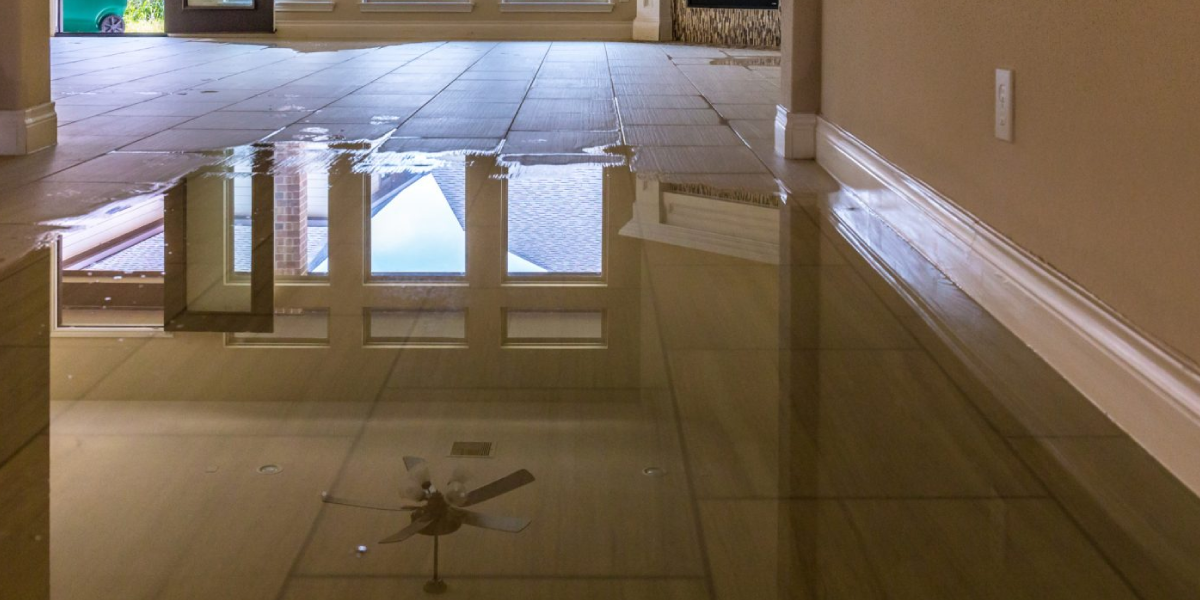
So, what is the biggest concern with water damage? The biggest concern with water damage is hidden structural and mold issues, which is why regular maintenance is crucial.
You know what they say—prevention is better than repair. It’s true! If you stay on top of things like your roof, pipes, and drains, you can avoid a lot of trouble. Check them regularly.
Oh, and don’t forget to clean out those gutters so water can flow the way it should. It’s also a smart move to have a professional inspect your building once or twice a year.
What You Should Do:
- Keep an eye out for leaks—often!
- Fix small issues as soon as you spot them.
What You Shouldn’t Do:
- Don’t ignore little leaks. They can become massive, expensive problems.
2. Roof Leaks Are a Big Deal

Let’s talk about roofs. Leaking or broken pipes are a very common cause of water damage.
Even a tiny leak in your roof can create a disaster if you don’t handle it quickly. And if you live somewhere with heavy rain, hail, or snow? That can make things even worse.
What You Should Do:
- Fix any roof leaks right away—don’t wait!
- If your area gets bad weather, make sure your roof is strong enough to handle it.
What You Shouldn’t Do:
- Don’t wait for damage to get visible. By the time you see it, the problem has already grown.
3. Small Leaks, Big Problems
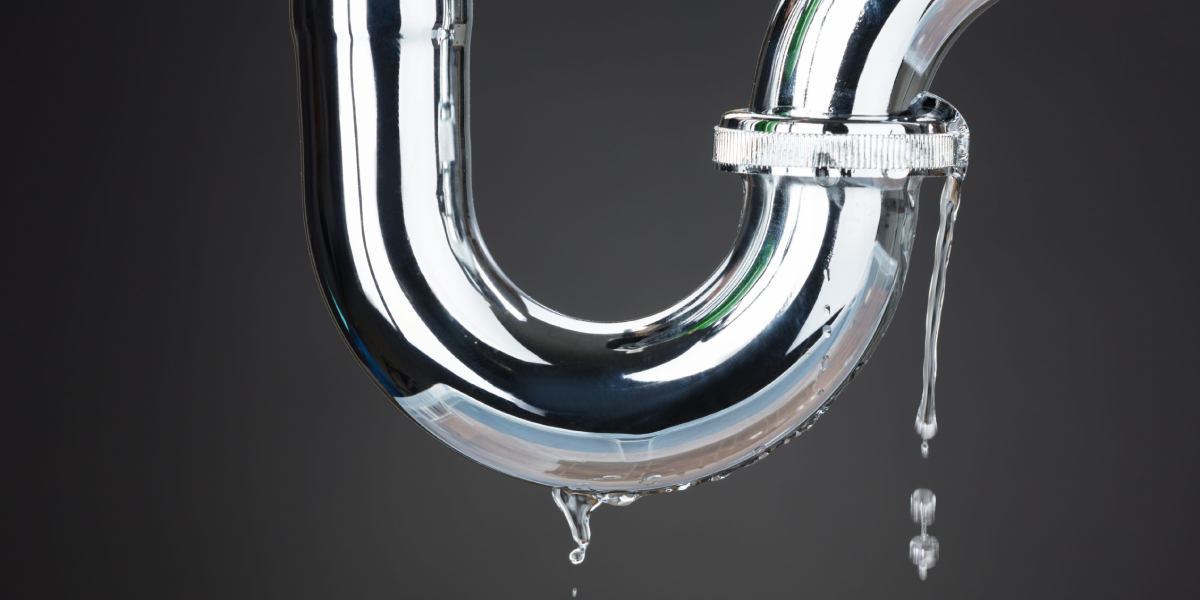
A little pipe leak might seem like no big deal, right? Wrong! Over time, even small leaks can destroy walls, ceilings, and floors.
What You Should Do:
- Check your plumbing regularly.
- If you see or suspect a leak, call a plumber right away.
What You Shouldn’t Do:
- Don’t skip those plumbing check-ups. A little effort now can save you from a big mess later.
4. Water Comes in Three Types
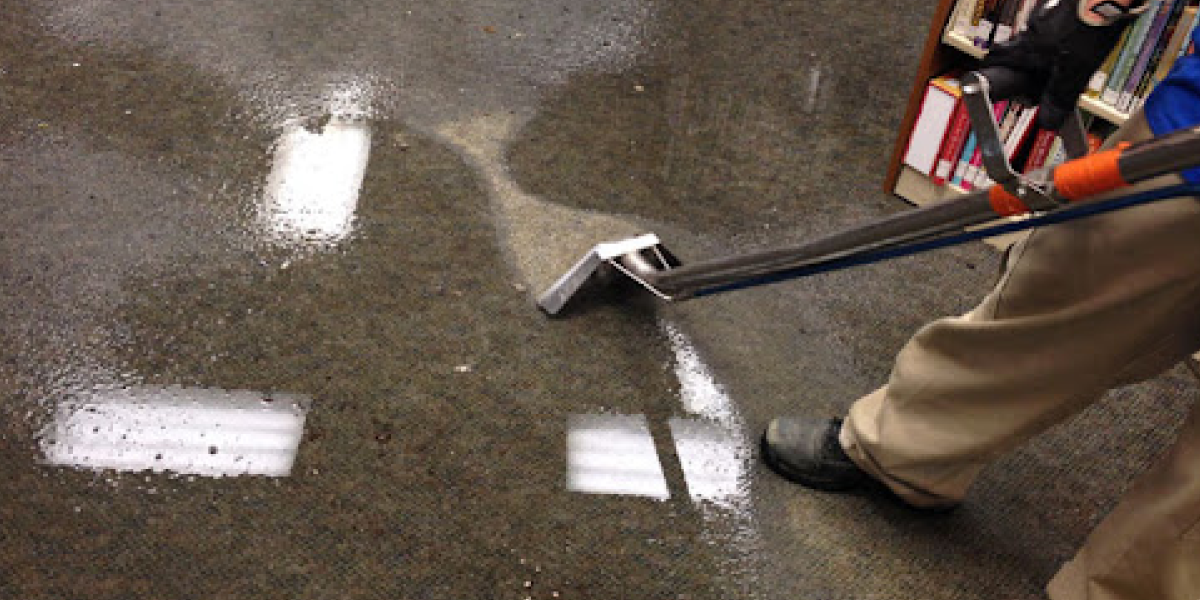
Water damage isn’t always the same. There are three types of water:
- Clean water (white water): Comes from clean sources like a tap.
- Dirty water (grey water): Comes from sinks or washing machines.
- Hazardous water (black water): Comes from sewage or floods and is dangerous.
What to Do:
- Leave the cleanup to professionals.
What Not to Do:
- Don’t touch black water. It’s unsafe.
| Type of Water | Source | Danger Level |
| White Water | Clean taps, rain | Low |
| Grey Water | Sinks, appliances | Medium |
| Black Water | Sewage, floods | High |
You can visit this insightful blog to learn the 3 categories of water damage.
5. Not All Insurance Covers Water Damage

Here’s something many people don’t know—your insurance might not cover all kinds of water damage. For example, if there’s flooding, you usually need a separate policy for that.
What You Should Do:
- Take a good look at your insurance policy and understand what’s covered.
- If your area is prone to floods, get flood insurance. Better safe than sorry!
What You Shouldn’t Do:
- Don’t assume you’re covered for everything. Always double-check with your insurer.
Read this informative blog to learn how to get insurance to pay for water damage.
6. Flood Insurance Might Be Necessary
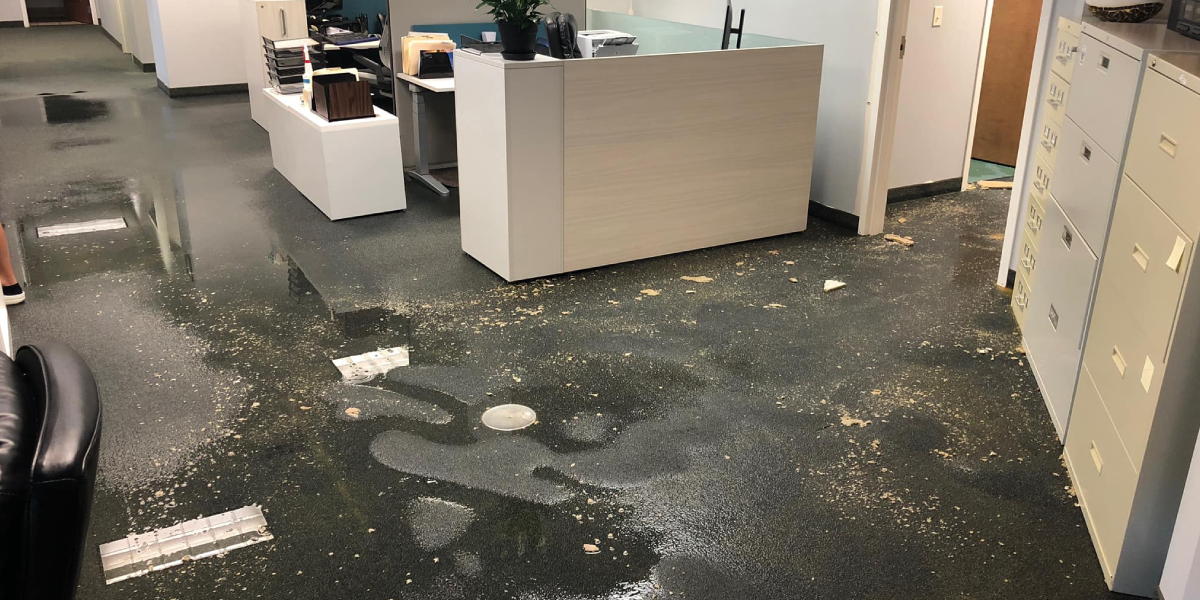
Flooding is a whole different story. Standard insurance doesn’t usually cover it. You’ll need special flood insurance for that.
What You Should Do:
- Call your insurance agent and ask about flood insurance.
- Add it to your policy if you live in a flood-risk area.
What You Shouldn’t Do:
- Don’t wait until your property is underwater to figure out your coverage. By then, it’s too late.
7. Contact Insurance Immediately If Damage Happens

If water damage ever happens, don’t wait around. Call your insurance company right away. The faster you act, the better.
What You Should Do:
- File a claim as soon as you notice the damage.
- Follow the steps your insurance company gives you to protect your property.
What You Shouldn’t Do:
- Don’t delay reporting the damage. Waiting even a day or two can complicate things.
8. Act Fast to Reduce Damage
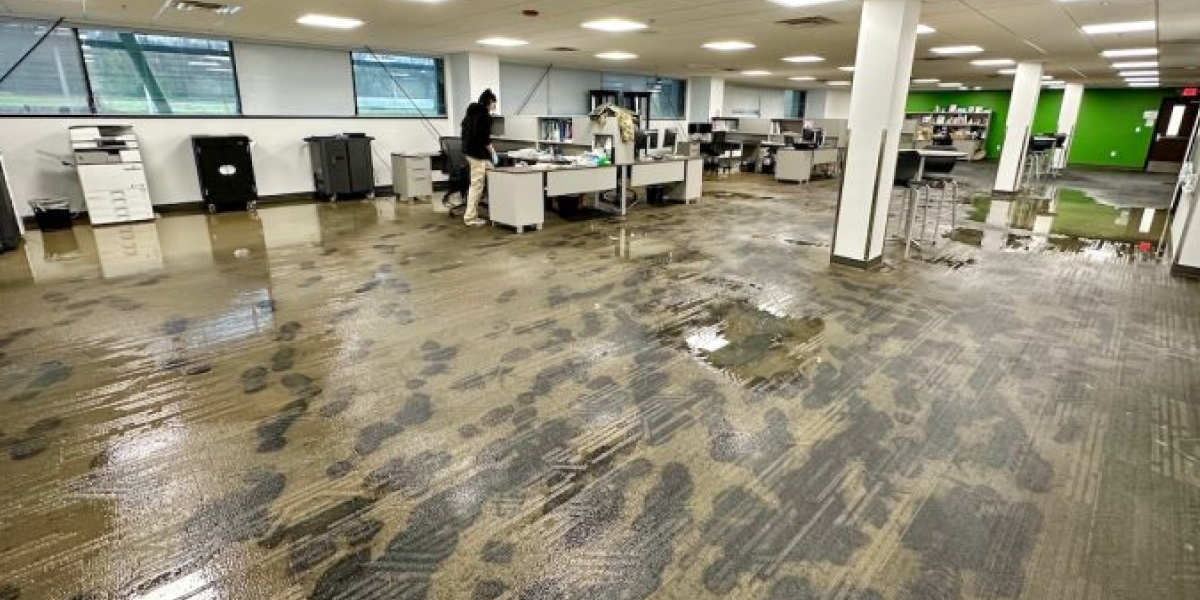
Water damage spreads faster than you’d think. The longer you leave it, the worse it gets.
What You Should Do:
- Shut off the water at the source, if possible.
- Remove furniture, electronics, and other items from the wet area to prevent more damage.
What You Shouldn’t Do:
- Don’t let water sit. Sitting water leads to mold—and trust us, you don’t want that.
9. Water Extraction is Essential
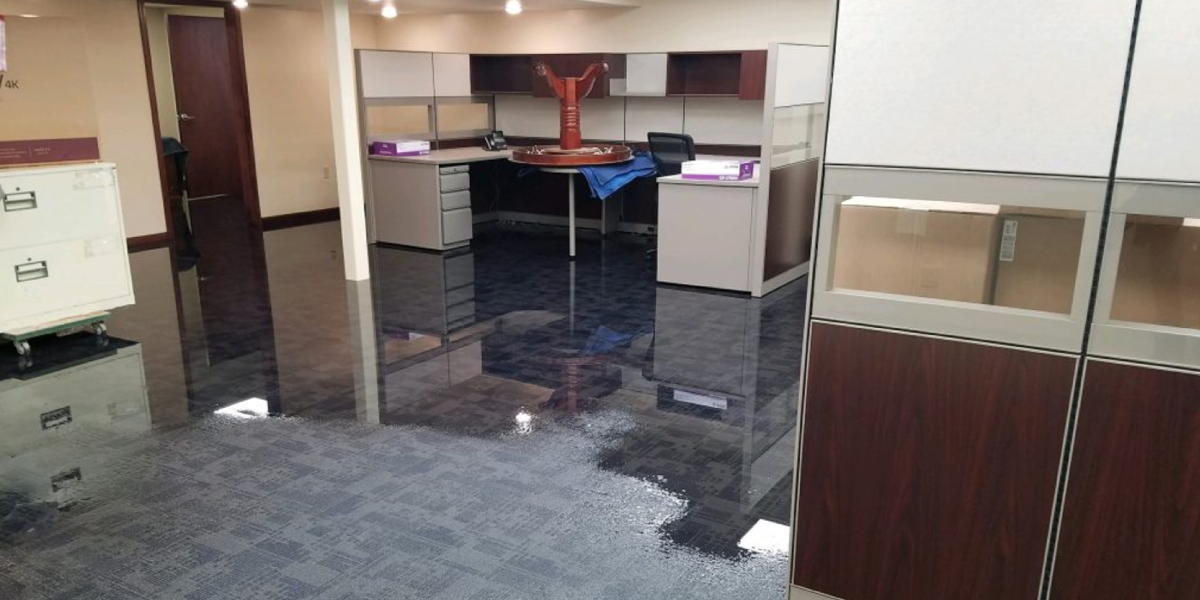
Standing water isn’t just a mess—it’s a danger to your building’s structure. You’ll need professionals to get rid of it properly.
What You Should Do:
- Call water restoration experts/ commercial water damage cleanup companies right away.
- Make sure they remove not just the visible water but also any hidden moisture in the walls or floors.
What You Shouldn’t Do:
- Don’t try to handle all the cleanup by yourself. It’s risky, and you might miss hidden water that can cause more damage later.
10. Materials Need Different Cleaning Methods
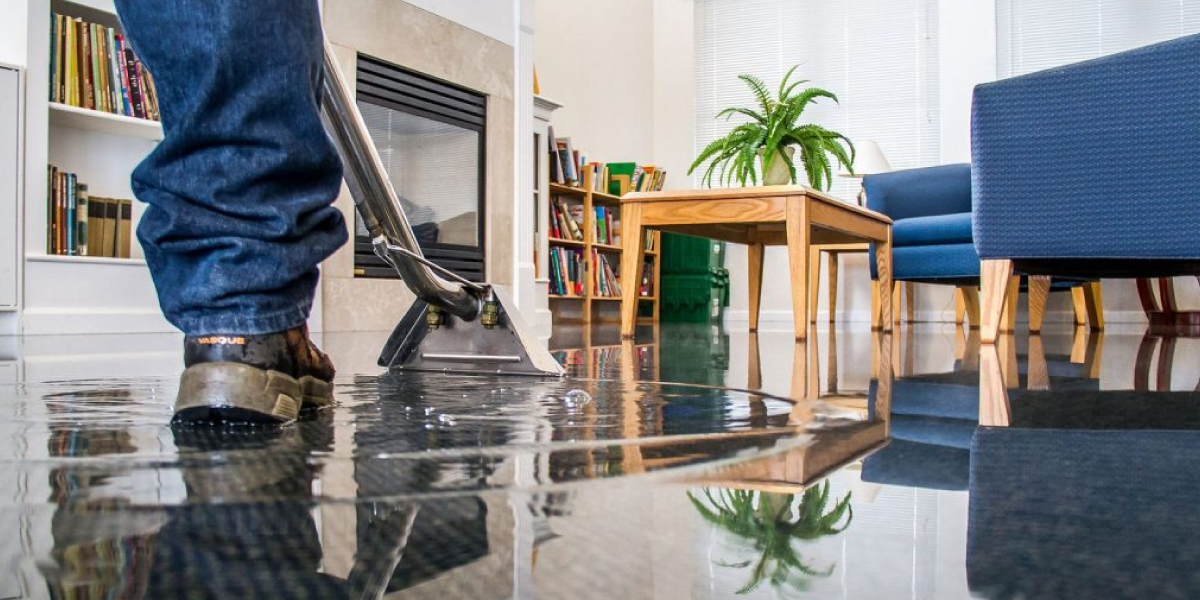
Not all materials can be saved. Hard surfaces like concrete can often be cleaned, but soft materials like ceiling tiles may need to be replaced.
| Material | Action Needed |
| Concrete, Tile | Clean and dry |
| Ceiling Tiles | Replace completely |
| Drywall | Replace if soaked |
| Insulation | Replace when wet |
What to Do:
- Follow EPA guidelines for cleaning.
What Not to Do:
- Don’t assume everything is salvageable.
11. Mold Can Grow After Water Damage
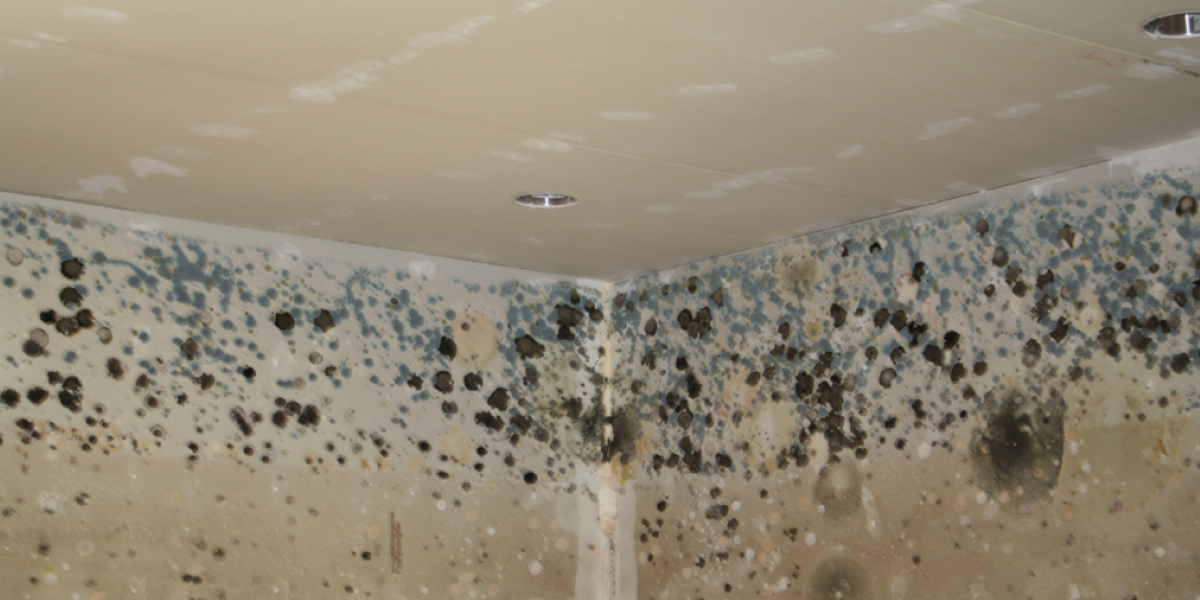
Even if the water is gone, moisture can stay in walls and floors. Mold can start growing within 24-48 hours.
What to Do:
- Call a mold prevention expert.
- Ventilate the building and use dehumidifiers.
What Not to Do:
- Don’t ignore musty smells. It’s a sign of mold.
12. Know Who to Call for Help

Sometimes, handling water damage on your own isn’t safe. Restoration experts can save your property and reduce long-term damage.
What to Do:
- Call a water damage restoration company like SOS Restoration.
- Check if they offer 24/7 emergency services.
What Not to Do:
- Don’t wait to get professional help.
You must read this write-up to learn all about Water Damage Restoration mistakes.
Wrapping Up
Commercial water damage is serious, but with the right steps, you can prevent and handle it. Keep your building in top shape, check your insurance, and don’t hesitate to call professionals when needed. If you’re ever unsure, reach out to water restoration experts for guidance. Take action now to protect your business.

